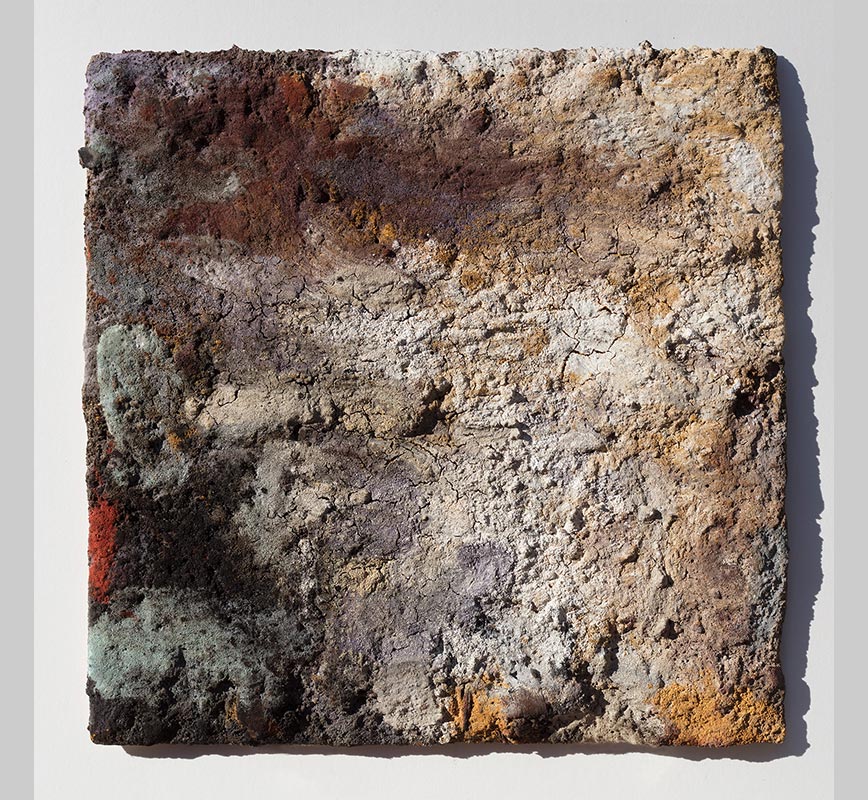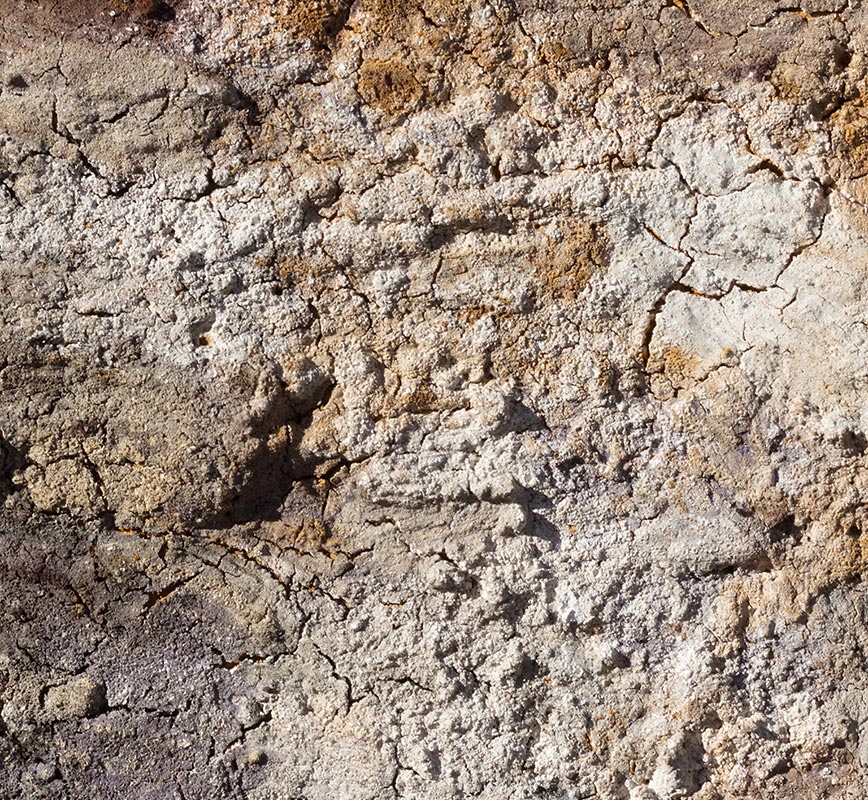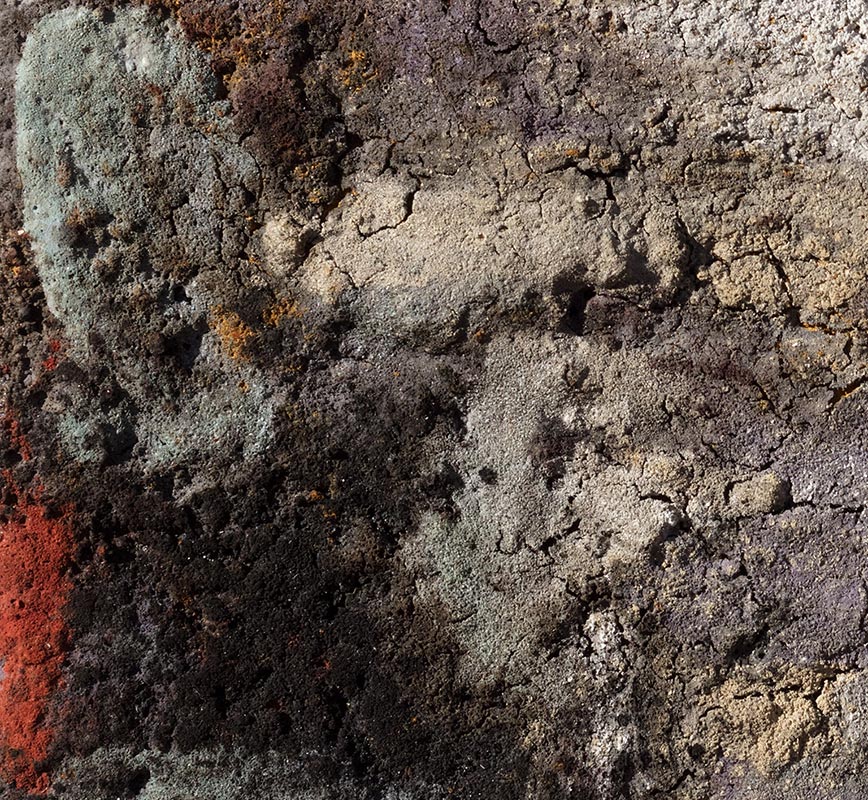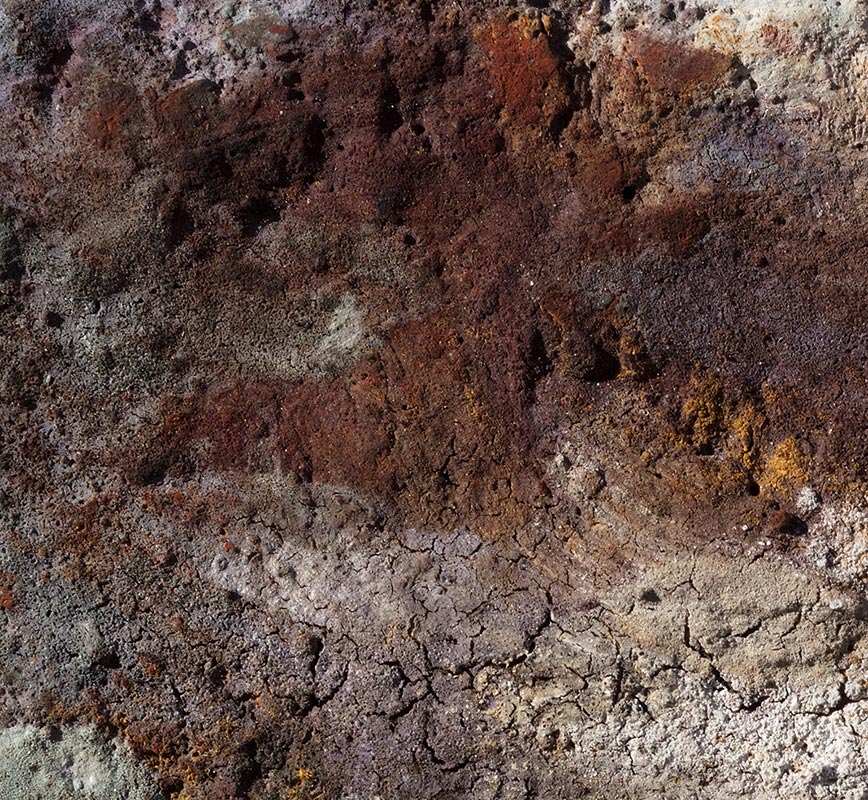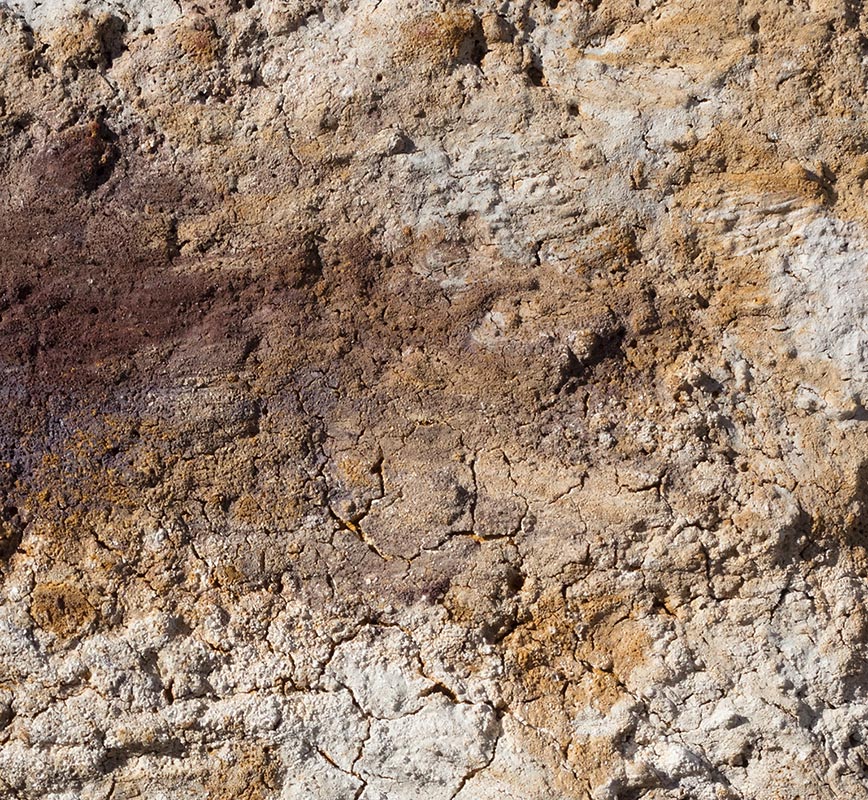EXHIBITION
AN ALCHEMY OF MATTER
Orazio De Gennaro:
Scorched Valley, 2021
Linseed oil, pigments, beeswax, and glass powder on Panel
40 x 40 in
102 x 102 cm
US $ 6,500
In Scorched Valley, Orazio De Gennaro presents a landscape transformed by time and memory, with a palette of smoky grays, ashy whites, and flashes of deep crimson and turquoise breaking through the textured surface. The painting captures an atmosphere that feels both scorched and resilient, hinting at a land that has endured. Reminiscent of Antoni Tàpies’ textured, earthy compositions, De Gennaro’s work diverges in its subtle warmth and reverence for the land, grounding abstraction in a deeply personal landscape. ...more
Go to Artwork: NEXT PREV ALL
